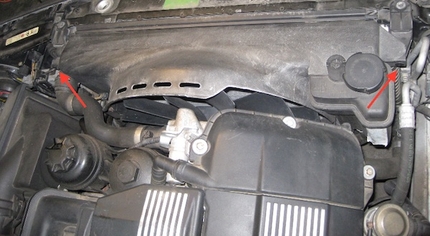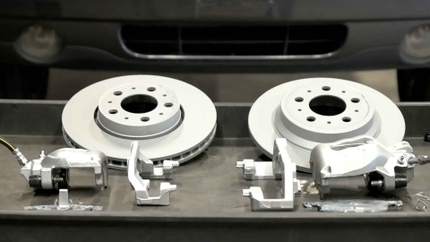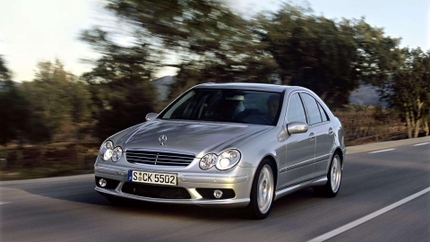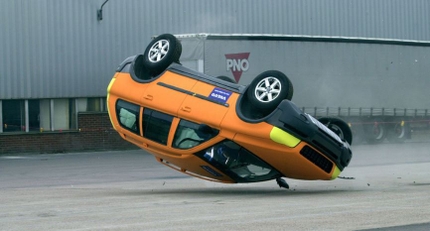- 06/23/2014
- 1 Min Read
- By: Gareth Foley
How To Replace a BMW 330xi PCV System, M52TU and M54
BMW M54 and M52TU engines are notorious for needing their PCV/CCV systems serviced. The one thing about these systems is that they are not terribly fun to service and there are several missteps you can make during the repair process that can result in headaches later on. In this blog post I am going to go through a CCV replacement I did recently on a 2002 BMW 330xi, how I identified the failure of this system, and some of the intricacies of replacing the system successfully.
Classic symptoms of a badly failed CCV system
This 2002 BMW 330xi I spent the better part of my Saturday afternoon working on had the classic symptoms of a badly failed CCV system. Here they are listed below.
- Hissing sound from under the intake manifold
- Random cylinder misfires (P0300)
- White smoke from the exhaust
- High oil consumption
- Poor low-RPM power
This particular BMW is owned by a good friend of mine. It was owned by his father who never did any repairs unless something broke. I can appreciate this approach to dealing with maintenance but I have quickly learned that letting things go until they need to be fixed usually makes your life more aggravating later on (please see my blog post on how Laziness Never Pays Off for reference). My friend bought it from his father as a daily driver. It has 180,000 miles on the odometer which can be a problem if necessary maintenance items are not addressed immediately. One of those maintenance items is the PCV system.
The lower hose had failed and there was a giant hole in it
On the BMW M54 and M52TU engines the PCV system is comprised of 4 hoses and a pressure regulating valve. One of the common failure points of the system is the hoses themselves. The lower rubber oil return hose is particularly prone to degradation. Another common failure point is the valve itself which is known to have issues with the diaphragm disintegrating. The system as a whole is particularly prone to freezing in colder environments where the engine isn’t allowed to reach operating temperature. Condensation inside the system can easily freeze causing hoses and the valve to crack.
On my friends 330xi we chose to install the cold weather version of the PCV system as an upgrade. Many people prefer the cold climate version of the system due to the added insulation around the hoses and valve to help reduce the chance of freezing. This system is particularly useful on vehicles that are driven year round and I recommend installing it on cars in any environment that sees temperatures below freezing. When taking the car apart I found the issue almost immediately. The lower return hose had failed and there was a giant hole in it.
[gallery columns="4" ids="3881,3879,3878,3880,3882,3884,3883,3877"]
Installation tips
Installing the system will require removal of many components including the air box, intake boots, throttle body, and DISA valve. All of these components can be removed with simple hand tools. The most difficult part of this entire operation is the room you have to work with. I find this repair on a 5-series to be easier than on a 3-series due to the larger engine bay. In order to get the PCV valve out I have always found it easiest to just break the old hoses instead of trying to disconnect them. The hoses will be extremely brittle at this point and I find that they are easier to break than try to remove.
During the installation of the new system you will also need to disconnect several sensors and components near the intake manifold to make room. There is an electrical housing located under the intake manifold. I recommend labeling all of the connectors so you don’t confuse them later. For the most part these should be easy to install later on but if you are not familiar with what they go to I find it easiest to label them for memory. You will also want to remove the dipstick from the oil sump. The return drain for the PCV system is known to get clogged up with gunk over time. It is advisable to clean the gunk out or in extreme cases it may be required to replace the dipstick guide tube if the debris has solidified causing blockage.
Wrap-up
My recommendation for the entire installation is to take your time. Even commit yourself to an entire weekend if you are unfamiliar with how to take everything apart. I filmed a video for FCP about this repair on an M52TU. You can use it as a reference when installing a new PCV system yourself.











